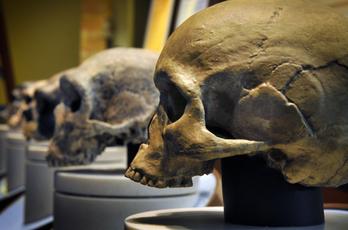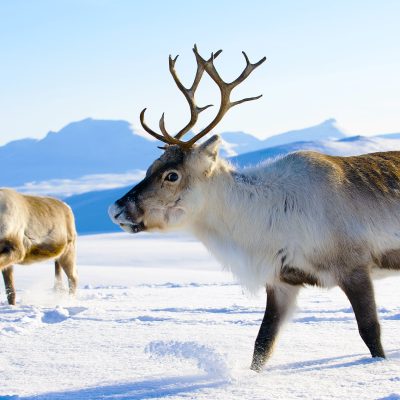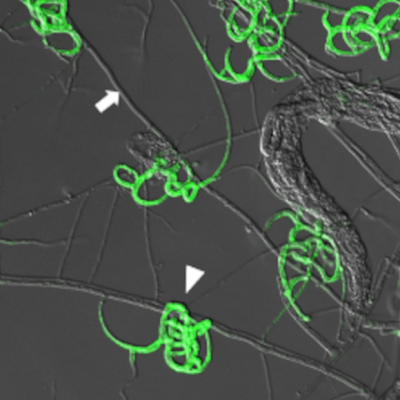A recent analysis of a bone found in 1980 has revealed that the Denisovan people, a now-extinct cousin of modern humans, not only lived in Siberia but also in Tibet. The genome of modern-day Tibetans still contains genetic material from these early humans, which allowed them to survive at altitudes of over 4,000 meters. The Denisovan people were previously only known to have lived in a cave in the Altai Mountains of Siberia, but researchers from the Chinese Academy of Sciences have now confirmed their presence in China. The discovery was made using a bone found in the Baishiya Karst Cave in Tibet, which was analyzed for proteins since DNA could not be isolated. The protein analysis showed that the jawbone belonged to a population closely related to the Denisovan people. The bone is also the oldest known hominin fossil from the Tibetan mountains, dating back approximately 160,000 years.
The Denisovan people, like the Neanderthals, were a distant relative of modern humans. While their fossils were previously only found in a cave in Siberia, it is now believed that their distribution was much wider. The genome of modern-day Australians, Melanesians, and Asians also contains genetic material from the Denisovan people. The recent discovery of a bone in Tibet confirms that the Denisovan people also lived in China. The bone was found in the Baishiya Karst Cave by a monk in 1980 and was recently analyzed for proteins. The protein analysis showed that the jawbone belonged to a population closely related to the Denisovan people. The bone is also the oldest known hominin fossil from the Tibetan mountains, dating back approximately 160,000 years.
The discovery of the Denisovan bone in Tibet sheds new light on the distribution and adaptation of early humans. Modern-day Tibetans possess genetic material from the Denisovan people, which allows them to survive at high altitudes. The discovery of the bone in Tibet confirms that the Denisovan people were able to adapt to the high-altitude, low-oxygen environment long before the arrival of modern humans. The bone is also the oldest known hominin fossil from the Tibetan mountains, suggesting that the Denisovan people may have played a significant role in the region’s early human history.










